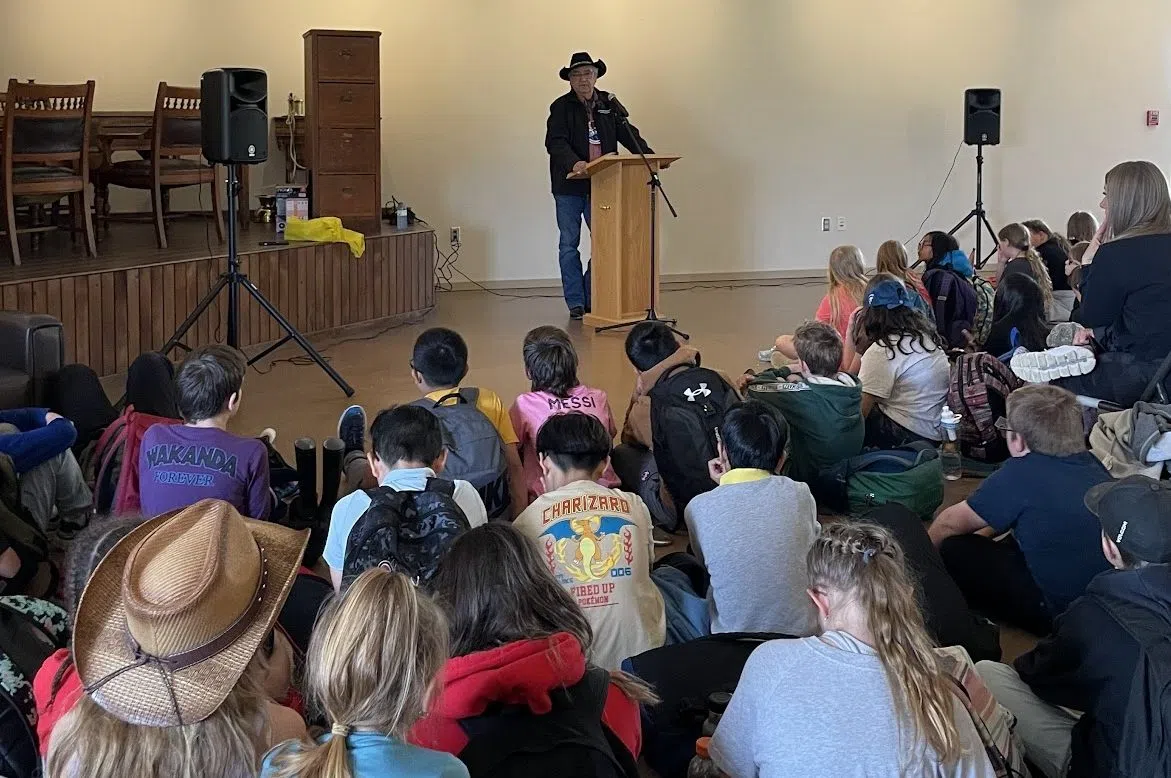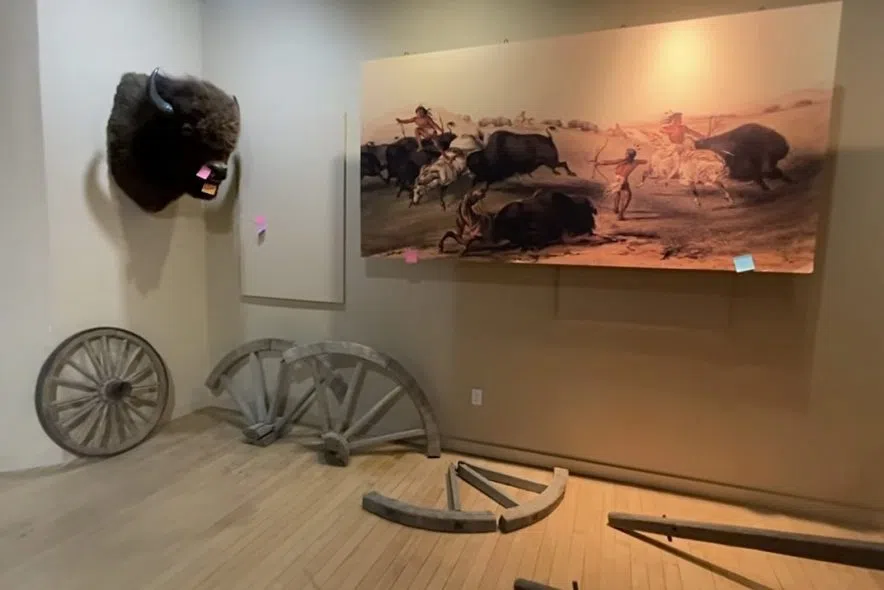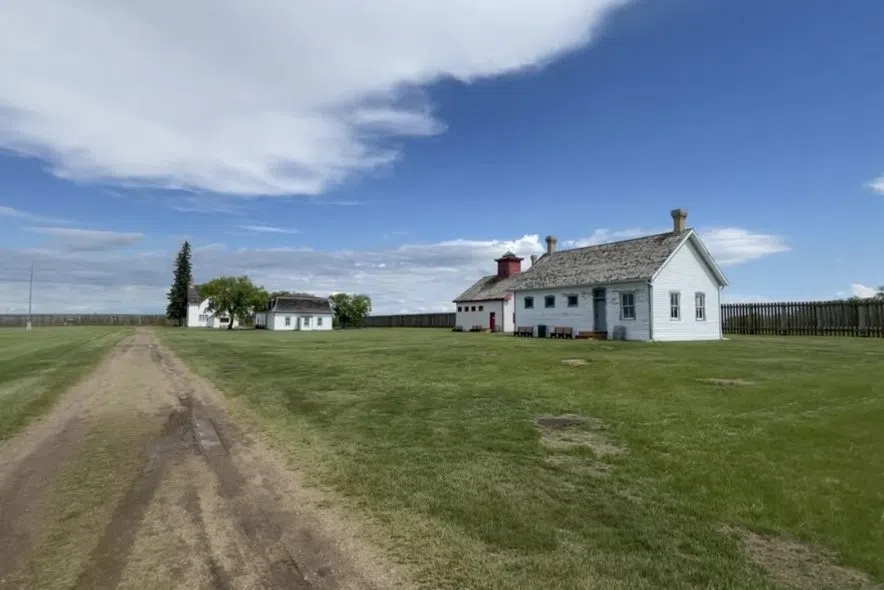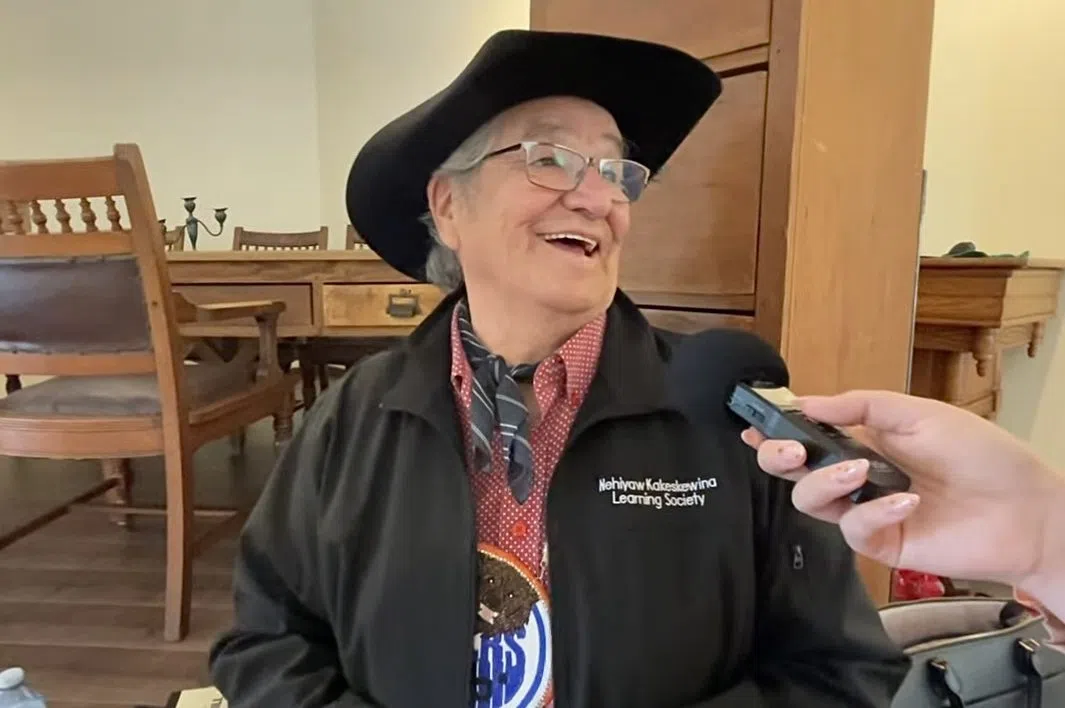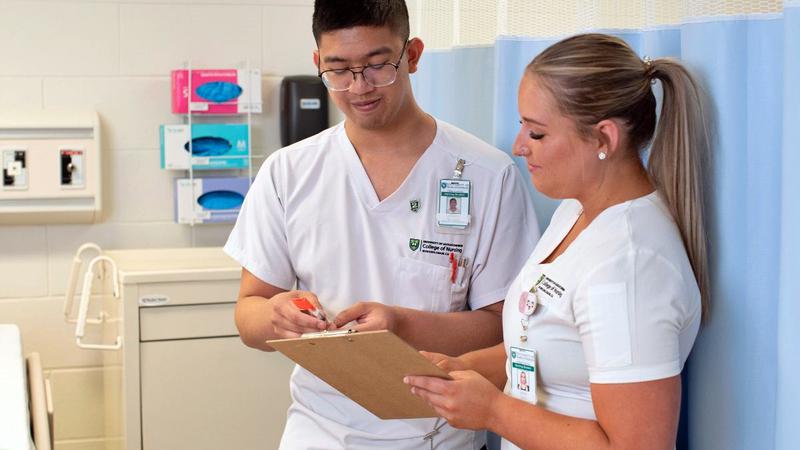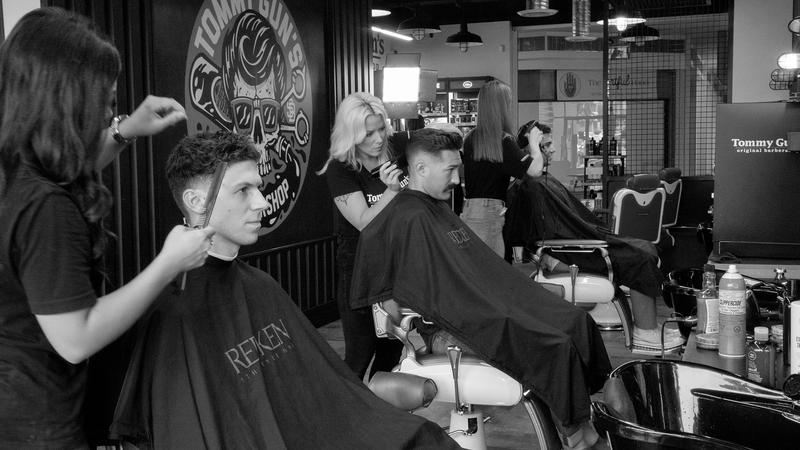
Setting the record straight: Fort Battleford adds Indigenous story
Battleford, Sask. — Eric Tootoosis marked National Indigenous People’s Day this year by climbing into his truck and making the 65-kilometre drive from his home on Poundmaker First Nation to a site that was a source of great anguish for his ancestors.
As Tootoosis walked through the doors of the visitors centre at the Fort Battleford National Historic Site, he was greeted by the smiling faces of dozens of schoolchildren.
READ MORE:

